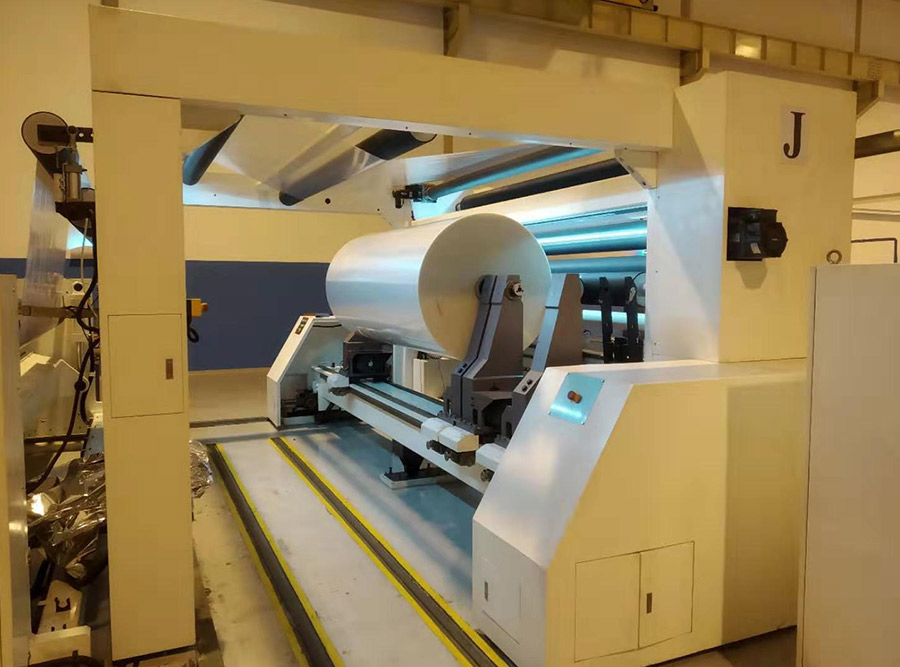Primary slitter and secondary slitter play important and complementary roles in material processing and production flow. The mechanisms that complement each other are as follows.
Material Handling: The primary slitter is responsible for cutting the large master coil into narrower coils. Process the initial raw material and ensure that the coils are cut to the required width. The primary slitter sets the foundation by creating a narrow coil that can be further processed.
Production flow: After cutting the master coil with the primary slitter, the thin coil is sent to the secondary slitter. The secondary slitter then refines the narrow coil into even smaller widths according to the specific requirements of the final product. The
secondary slitter allows for further customization of coil width, increasing material flexibility and versatility for different applications.
Efficient inventory management: The primary slitter and secondary slitter enable efficient inventory management. The primary slitter cuts the master coil into intermediate sizes, optimizing inventory by creating narrower coils that are more manageable and easier to process. On the other hand, secondary slitter enables just-in-time production by cutting thinner coils to specific widths according to customers' various orders. Coil width can be adjusted according to immediate demand, eliminating the need to maintain excess inventory.
Flexibility and customization: The primary slitter sets the initial width, and the secondary slitter fine-tune it. This tandem provides greater flexibility in material processing and production. Different products often have specific size requirements, and the complementary role of primary and secondary slitters allows materials to be precisely customized to these requirements. It ultimately leads to increased customer satisfaction and broader applications of the material.
Improving production speed: The slitting process is divided into two stages using a primary slitter and a secondary slitter to improve production speed. When the primary slitter cuts the large master coil, the secondary slitter can simultaneously process the thinner coil received from the primary slitter. This parallel processing optimizes the overall production flow, reduces setup time and minimizes downtime.
The primary and secondary slitter work together to ensure optimal material handling and production flow. The primary slitter sets the basis by cutting the master coil into narrower coils, and the secondary slitter adjusts the width to meet specific requirements. These complementary roles increase flexibility, customization, inventory management, and production speed throughout your material processing workflow.

